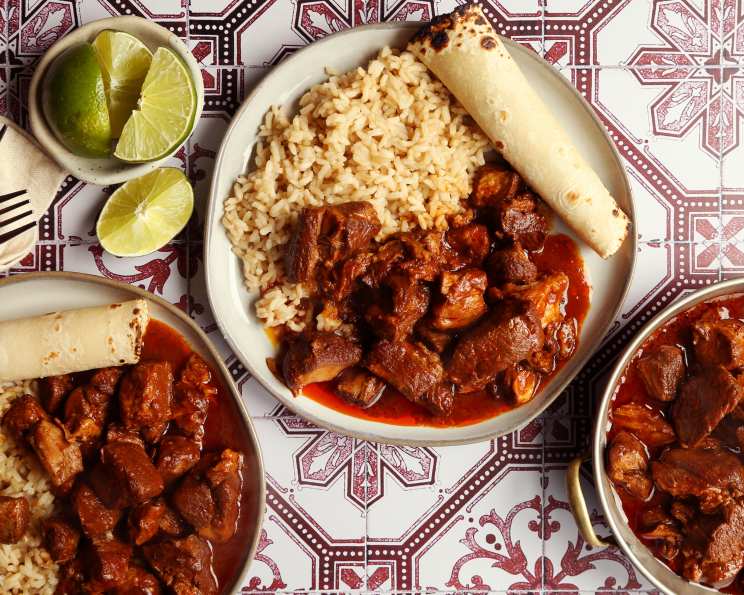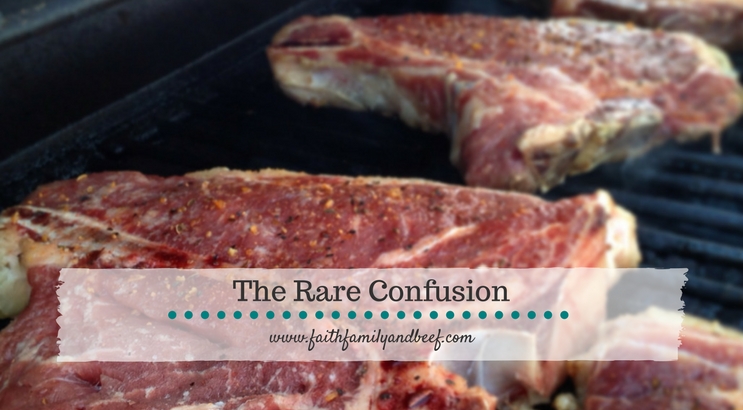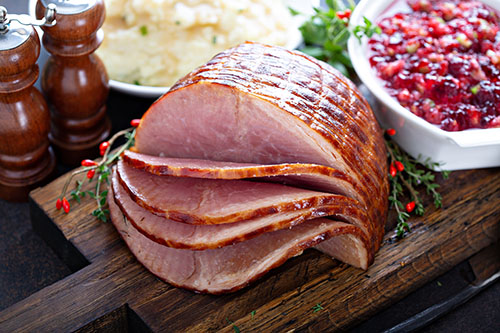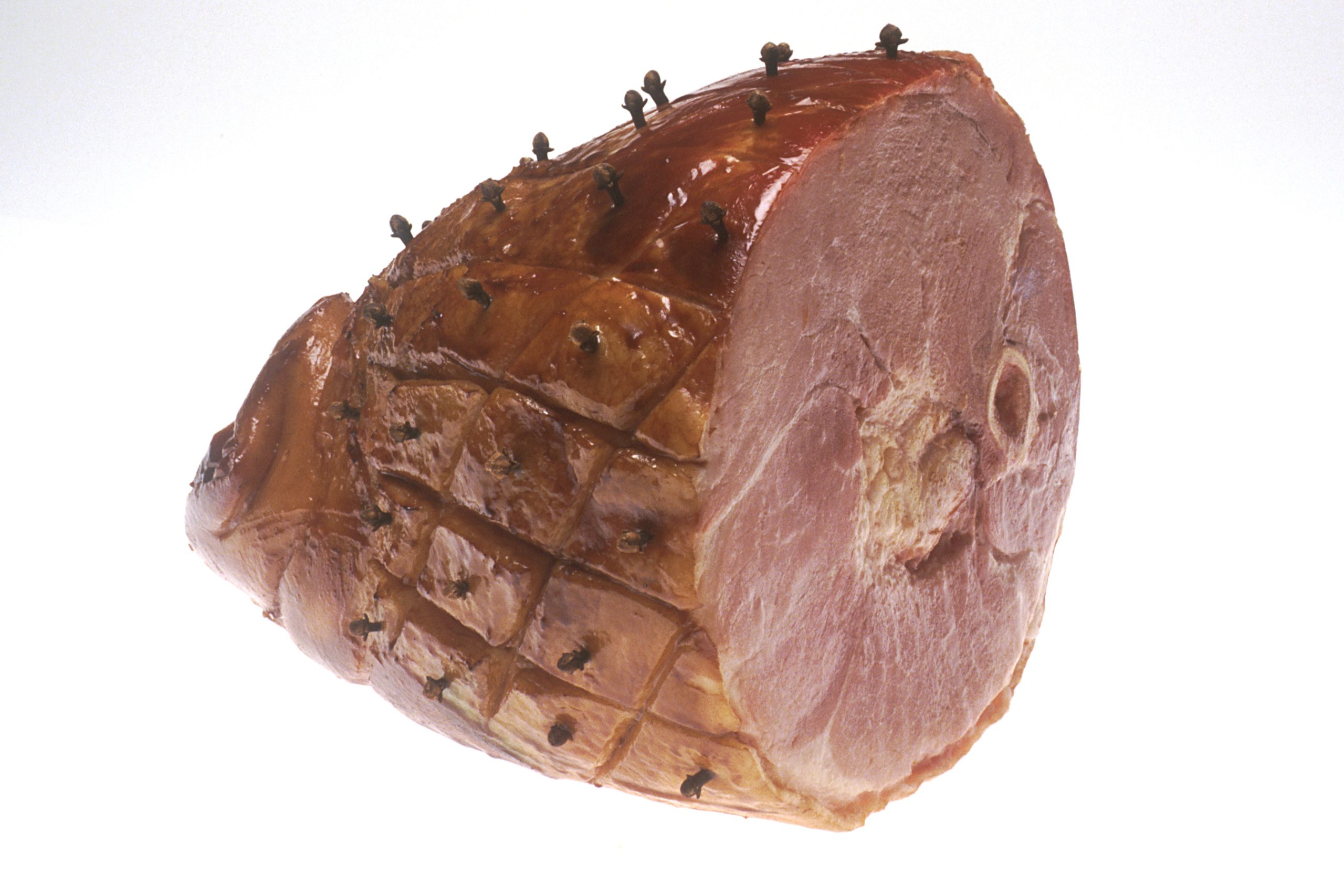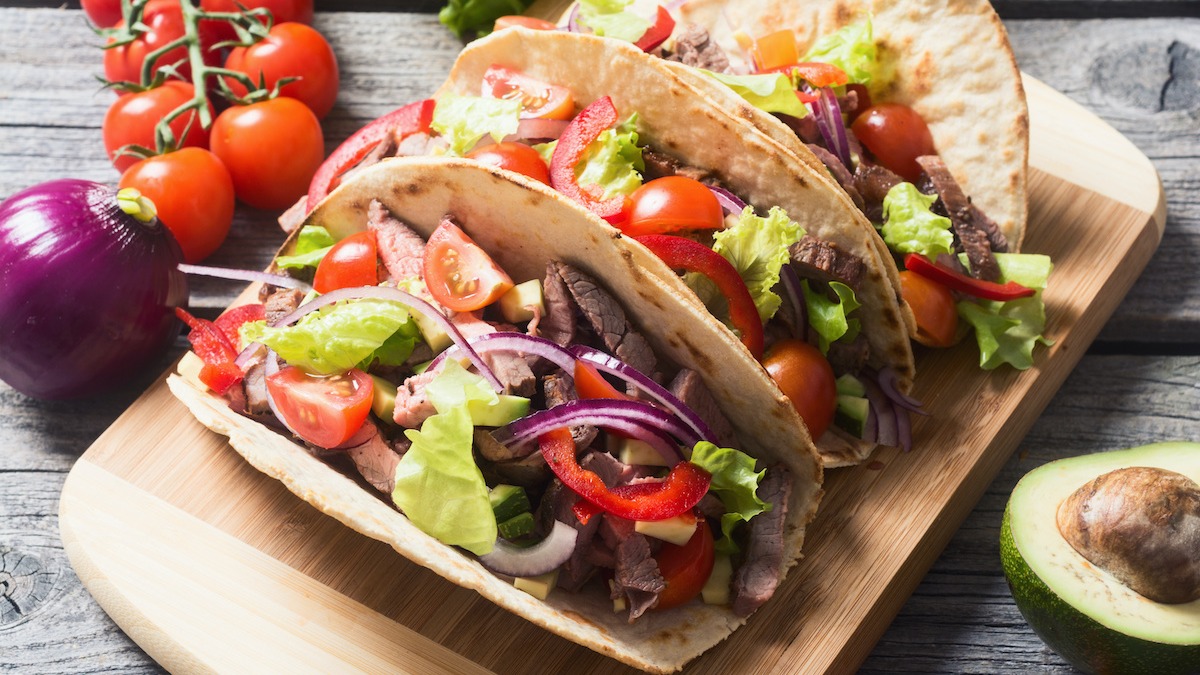What is Adobada? A Flavorful Mexican Pork Dish
Adobada:
– Adobada is a preparation for many dishes in Mexican cuisine.
– It is a marinated meat dish, usually pork, that is commonly served on small maize tortillas with sautéed vegetables and cheese.
– In New Mexico, adobada is known as “carne adovada” and refers to a baked meat dish.
– The pork is marinated in red chili powder or minced red chili peppers, garlic, oregano, cumin, lime/lemon juice or vinegar, and salt, and then baked at low heat.
– The southern New Mexican version of adovada usually uses pork cut into strips and chunks.
– In Mexico, adobada refers to marinated pork meat and is a common ingredient for tacos in states like Colima, Jalisco, and Michoacán.
– Guajillo or chipotle chiles are commonly used in Mexican variations of adobada.
– Adobada is made with a marinade called “adobo” which consists of spices, chiles, and vinegar.
– Traditional Mexican recipes for carne adobada may include allspice, cinnamon, cloves, bay leaf, and nutmeg.
– There are variations of adobada, including costilla adobada, chipotle adobada marinade, chicken breast adobada, and pork adobada.
– Adobada originated in Northern Mexico and parts of the Southwestern U.S.
– Adobada is commonly used in tacos, burritos, and other tortilla-based dishes.
Al pastor:
– Al pastor is a slow-cooked dish that originated from shepherd’s meals.
– It is made with pork, pineapple, and chipotle peppers.
– It is slow-cooked on a vertical spit or trompo and was originally created by Lebanese immigrants in Puebla, Mexico.
– Al pastor is used in tacos, alambre, and huaraches.
– Grilling the meat adds smokiness and caramelization to the flavor of adobada.
– Pineapple is a key ingredient in al pastor as it contains enzymes that help tenderize the meat and adds sweet and acidic flavors.
– There are different styles of al pastor that combine Mexican and Lebanese cooking techniques used to create shawarma.
– Adobada and al pastor use Mexican herbs, chilies, and vinegar with fatty meats.
– Adobada doesn’t usually contain pineapple, while al pastor typically uses pineapple as a flavor enhancer and to create texture.
– Dried chilies, garlic, vinegar, and pineapple are must-have ingredients for al pastor.
– Traditional al pastor is slow-cooked on a spit, allowing the fat to be reduced.
